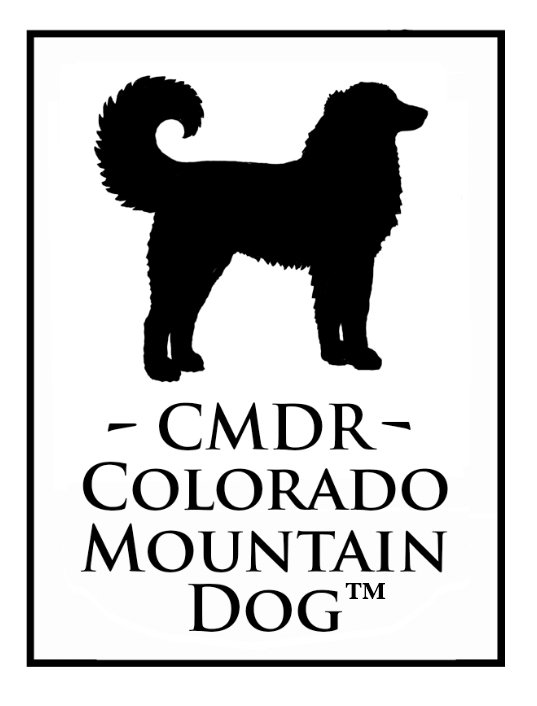~ Articles ~
Managing Female Genetics
Managing genetics in an intact female in a breeding program.
I always like to start by saying that the temperament and guarding aptitudes come first.
The best way to begin a program is to use a female with an outside stud. Few dogs are worthy to breed. If you have an outstanding female, pair her with the best stud, one who will complement her, and not duplicate any weaknesses she has. Keep back a daughter and grow her up. Then do litters from different studs. In this way, you maximize the genetics of a really great female, using her with different studs, keeping the best daughters, until you have the experience to grow out and evaluate a stud.... and then you can not only get a great one, but one who is compatible with your genetics.
The first wall new breeders encounter if they start with a male and female, is wanting to keep a puppy, and realizing it is related to both parents. If you don’t live near a lot of CMD people though, you will have to house a stud, and rehome and replace as your program grows and you need new genetics.
Try to resist getting a pair, and only crossing your pair....unless you really know what you are doing, and you have a practically perfect pair and are ready to "produce". After a decade of work.... I have a pair that I think will make a good repeated breeding. Maybe.
This takes awhile... but it is the thrill of being involved longterm. Your lines begin to shine. I have four girl dogs here, 3 are being grown out, one has had one litter by one stud and is pregnant with a litter by a different stud for G3 pups.
I usually don't retire a female while I am growing out a daughter....I wait.... to make sure the daughter is going to be outstanding.
By using a really great female with only one stud, you truncate her genetics in the studbooks. She will forever be linked with the one stud. Outcross dogs in the CMDR registry that are really high quality, ought to be bred with multiple mates before retiring, to maximize their genetics. They ought to be bred to studs with equal generational standings, to further maximize the value of their contribution, so that offspring can carry their genetics to the next level, rather than pulling down a great stud who could deliver a higher G.
(All of the G stuff goes away when we get past G4...which will be great. The generational standing phase is important to provide a wide genetic pool for the founding of a new breed).
